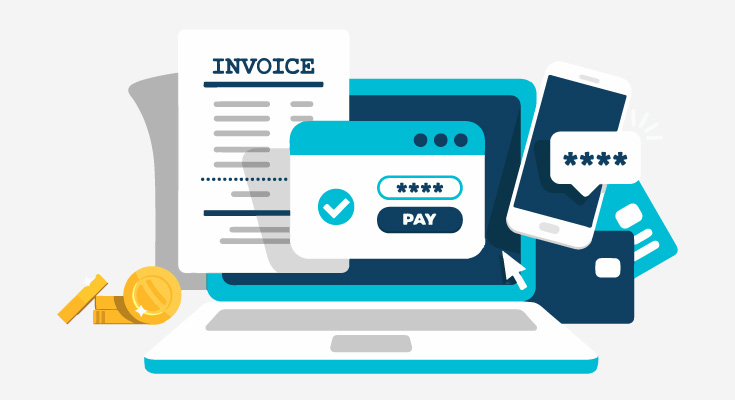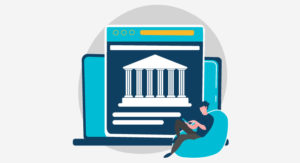US Digital Banking Revolution: Importance of Digital Identity

While most of the banking landscape across the country was on track toward a successful digital banking revolution, the Covid-19 pandemic fast-tracked the process. Regardless, some parts of the US financial industry are still operating in the dark. As the United States is often at the forefront of many things, it doesn’t make sense that the US falls behind other countries in an area as important as banking. The US digital banking revolution has been a slow process, but the situation is turning around.
Most of the time, when a customer decides to open a new bank account or send money overseas, they have to visit a physical branch. Even after so much growth in the technological department, customers still have to stand in line to get their tasks accomplished. Most customers find that the manual process takes too long and it doesn’t meet their needs. Pre-pandemic, more than 160 million people relied on online businesses, and over 56% of customers stated that the primary way they accessed bank accounts was through a mobile app.
As the digital world is growing, customers demand more convenience, time efficiency, and instant access to their finances. This isn’t possible without all banks taking part in the digital banking revolution. And, digital identity plays an important part in this.
Challenges in Fraud Management, Privacy, and Customer Experience
Most banks skip out on digital transformation because it’s a time and money-exhausting process. Going digital comes with tons of challenges for both customers and businesses. Some of the biggest challenges include online fraud, user privacy, and friction in the customer experiences.
For example, fraudsters can easily set up fake bank accounts using leaked SSNs and fake ID documents. In 2020, the estimated amount of global fraud losses was $32.39 billion, which is triple the amount it was in 2011. Preventing fraud isn’t the only major challenge that banks have to face. Providing consumers with a seamless and secure onboarding process is also essential. Over 44% of all US customers abandon the application process during onboarding if the process is too complicated or invasive.
Protecting consumers against fraud while providing them with a smooth onboarding experience is the most important part of digital banking.
Importance of Identity
By focusing on the identity part of digital banking, banks can build strategies that put customers at the center. This starts with a robust digital ID verification process that verifies who the user is and authenticates their ID to provide them access to digital solutions.
In Europe, and the UK, digital ID verification allows banks to provide their customers with digital solutions almost instantaneously. By focusing on digital customer identity, banks can speed up the onboarding process, prevent fraud and scale their business as per their needs.
Importance of Getting Identity Right
There’s a lot US banks can learn from banks in the EU. They build their digital banking strategies by keeping customers at the center. They know who their customers are and they can verify their customers in a digital-first banking environment.
A modern approach to digital ID verification is combining a government-issued photo ID document (passport or driver’s license) with biometrics data (selfie, face scan, or fingerprints) to make a secure and seamless customer authentication process.
A recent study found that almost 60% of customers prefer to use biometrics data instead of using passwords that are a hassle to remember. By the end of 2025, 85% of all banks will be using biometrics data to verify and authenticate their customers instead of using passwords and OTPs.
How US Banks Can Move Forward In the Digital Banking Revolution?
Currently, the UK is the world leader when it comes to providing a secure and seamless digital banking experience. The United Kingdom also has a lower number of physical bank branches than the US, which forces them to build their digital banking landscape even better. To be successful in the digital banking revolution, banks shouldn’t compromise between security and seamless customer experience. With the ideal online ID verification and online document verification technology, banks don’t have to cut corners.













